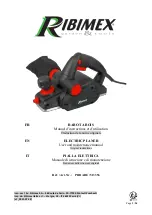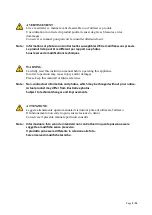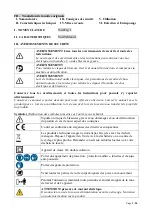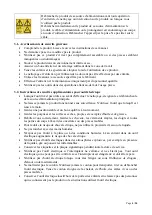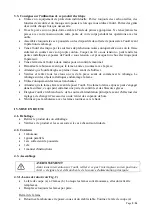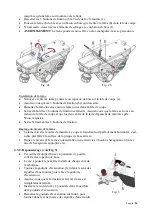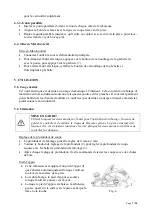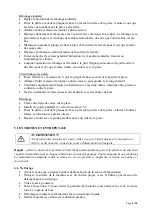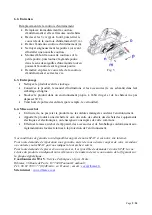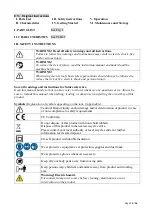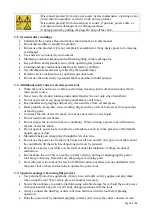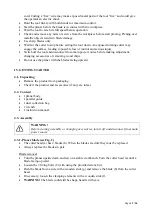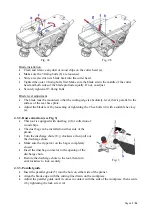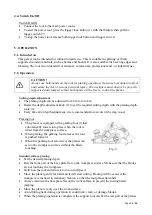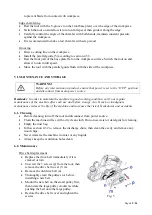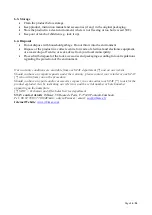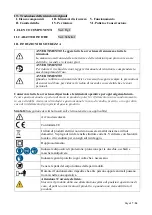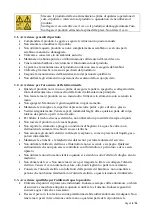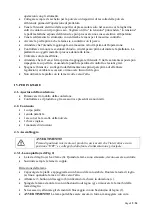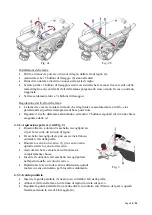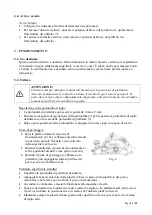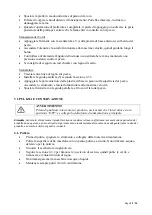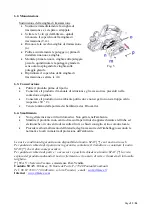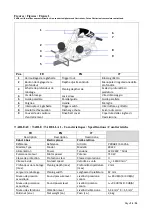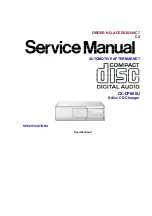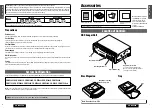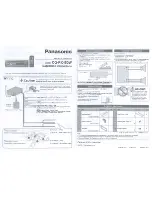
Page
12
/
24
cord. Cutting a “live” wire may make exposed metal parts of the tool “live” and could give
the operator an electric shock.
•
Hold the tool firmly with both hands for maximum control.
•
Start the planer before the blade is in contact with the workpiece.
•
Wait the tool to reach its full speed before operation.
•
Check and remove any nails or screws from the workpiece before start planing. Planing over
metallic objects results in blade damage.
•
Use sharp blades only.
•
Wait for the cutter to stop before setting the tool down. An exposed rotating cutter may
engage the surface, leading to possible loss of control and serious injury.
•
Switch off the tool and disconnect from main power source before making adjustment,
changing accessories or removing wood chips.
•
Do not use the planer with the blades facing upward.
IV. GETTING STARTED
4.1- Unpacking
•
Remove the product from packaging.
•
Check if the product and accessories (if any) are intact.
4.2- Content
•
1 planer body
•
1 parallel guide
•
1 dust collection bag
•
1 wrench
•
1 instruction manual
4.3- Assembly
WARNING!
Before starting assembly or changing accessories, turn it off and disconnect from main
power source.
4.3.1- Planer blade (see Fig. 2)
•
The cutter head (a) has 2 blades (h). When the blades are dull, they must be replaced.
•
Always replace the blades in pair.
Blade removal
•
Turn the planer upside down and rest on a stable workbench. Turn the cutter head (a) until a
blade facing upward.
•
Loosen the 3 fixing bolts (b) with using the provided wrench (c).
•
Push the blade from a side with a wooden stick (g) and remove the blade (h) from the cutter
head.
•
If necessary, loosen the clamping elements with a wooden stick (f).
•
WARNING!
The blade could still be shape, handle with care.

